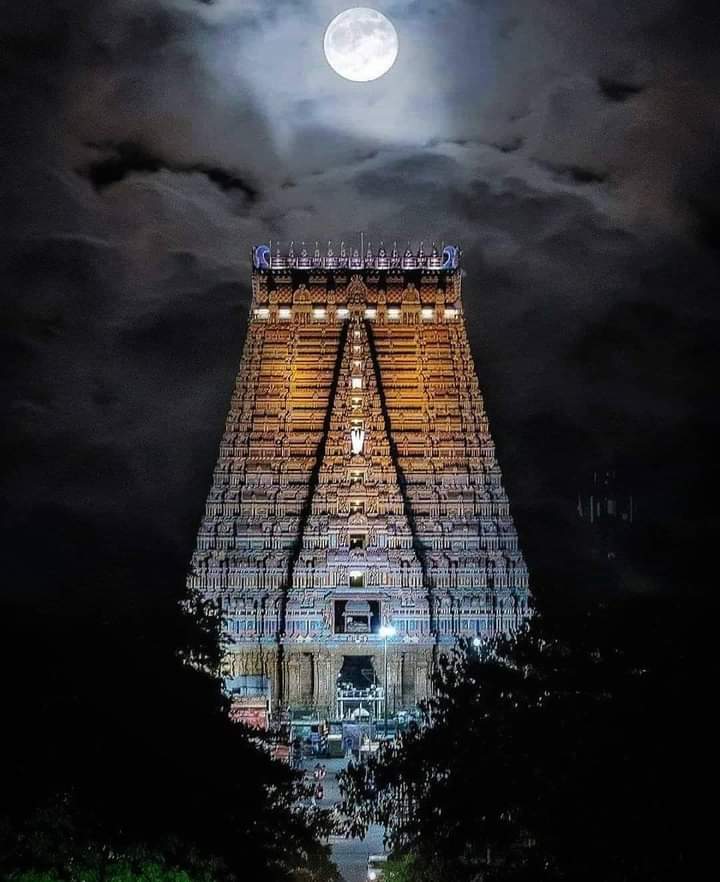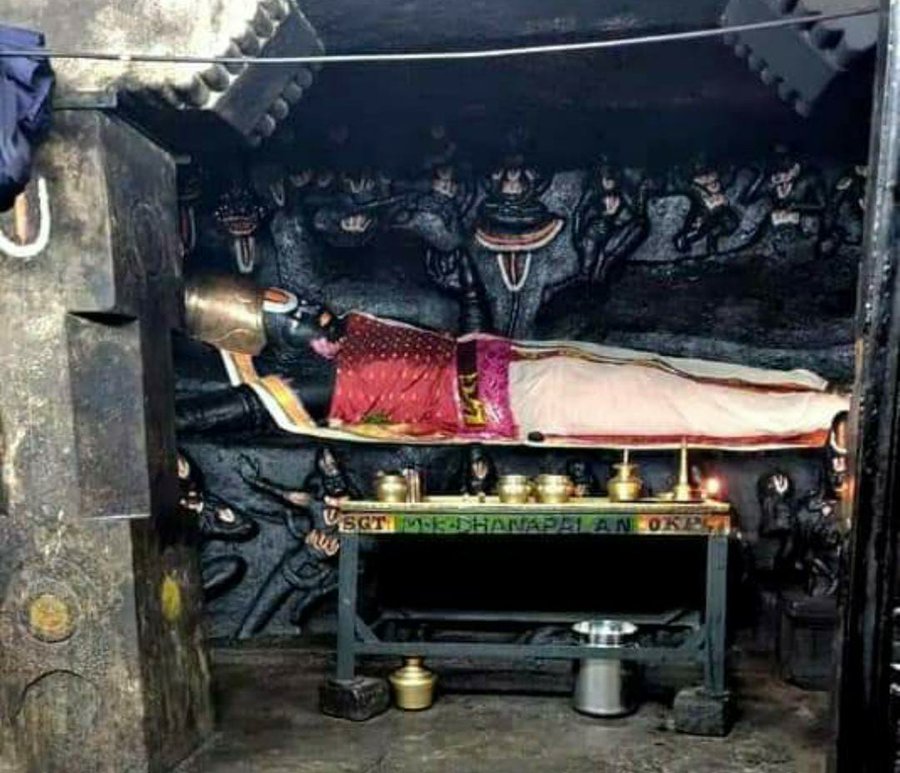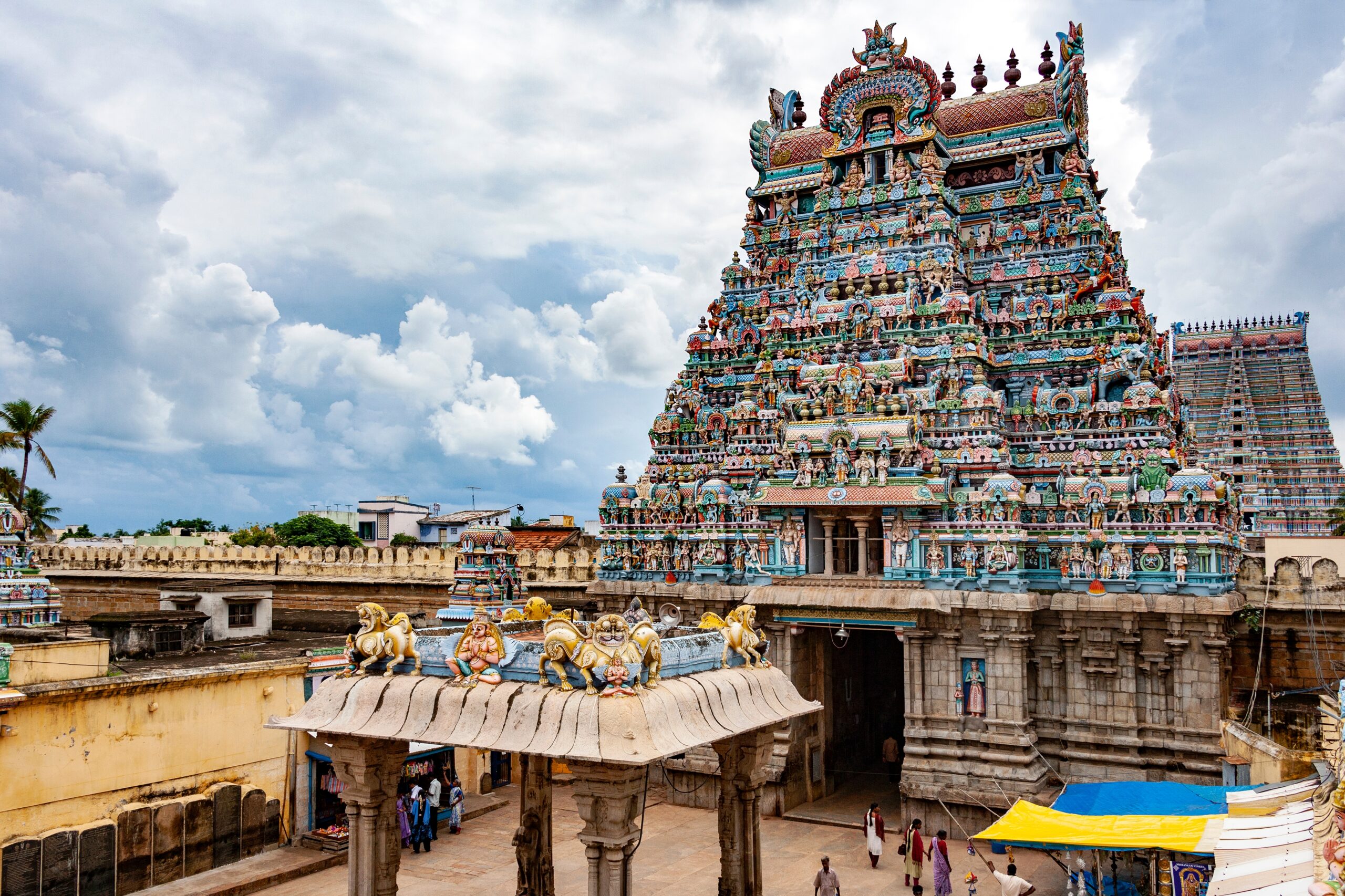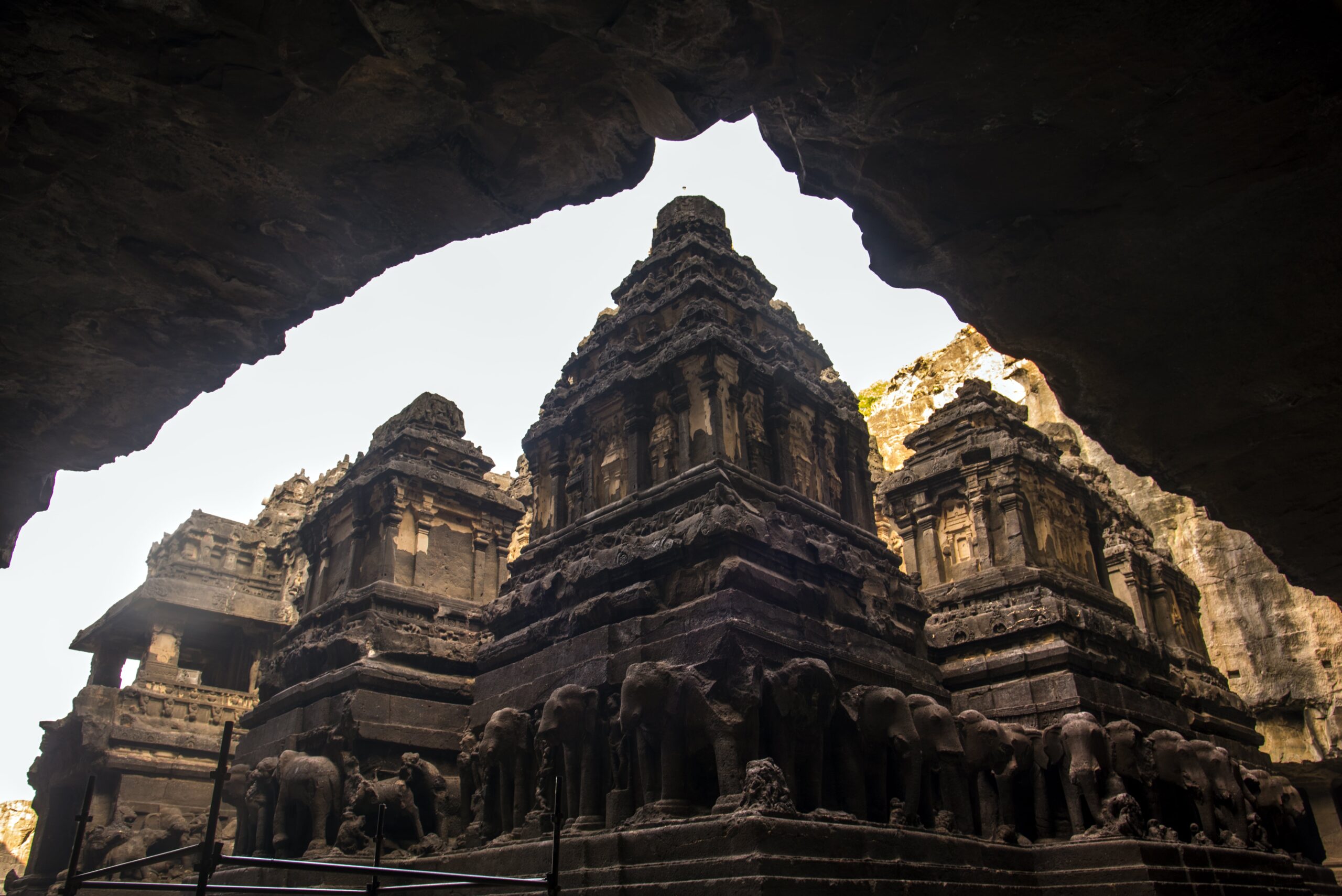Srirangam Temple History: A Journey Through Time
Srirangam Temple, or the Sri Ranganathaswamy Temple, boasts a history that dates back to the 1st century CE during the Sangam period. This temple has seen contributions from various dynasties, including the Cholas, Pandyas, Hoysalas, and the Vijayanagara Empire. Each dynasty left its mark, enriching the temple’s architecture and spiritual ambiance.
The temple has withstood numerous invasions and natural calamities, only to emerge stronger each time. Its resilience and grandeur are a testament to the unwavering devotion of its patrons and the skilled artisans who built and rebuilt it over the centuries.

Architectural Splendor: The Srirangam Temple Layout
One of the most distinctive features of the Srirangam Temple is its Sapta-Prakaram design, which includes seven concentric rectangular enclosures. These enclosures blur the lines between the temple and the surrounding settlement, creating a unique temple-town structure.
Key Architectural Highlights:
- Mandapams (Halls): The temple is home to several intricately carved halls, including the Hall of 1000 Pillars, the Sesharayar Mandapam, and the Garuda Mandapam. Each hall showcases the exquisite craftsmanship and architectural ingenuity of its time.
- Gopurams (Temple Towers): The temple boasts 21 towering gopurams, with the Rajagopuram being the tallest at 73 meters. Completed in 1987, the Srirangam Rajagopuram is a stunning example of Dravidian architecture.
- Frescoes and Inscriptions: The walls of the temple are adorned with frescoes and inscriptions that offer a glimpse into the history, culture, and religious practices of the past.

The Sacred Idol of Ranganatha Swamy
The main deity of the Srirangam Temple is Ranganatha Swamy, a reclining form of Lord Vishnu. Unlike typical idols made of granite, this idol is made of stucco—a unique combination of lime, mortar, and stones bound by a special paste. This makes the Srirangam Temple idol unique and adds to its mystique and reverence among devotees.
Festivals and Cultural Significance
The Srirangam Temple is not just an architectural marvel; it’s a vibrant center of Vaishnavism and Tamil culture. The temple hosts numerous festivals throughout the year, drawing millions of devotees.
Key Festivals:
- Vaikunta Ekadashi: Celebrated in the Tamil month of Margazhi (December-January), this 21-day festival attracts over a million visitors.
- Brahmotsavam: Held in the Tamil month of Panguni (March-April), this festival includes grand processions and elaborate rituals.
The Rajagopuram: A Towering Marvel
The Rajagopuram of the Srirangam Temple stands as a beacon of architectural brilliance. With its 13 tiers reaching up to 73 meters, it is the second tallest temple tower in the world. This towering structure not only serves as a gateway to the divine but also symbolizes the grandeur and spiritual significance of the Srirangam Temple.
A Living Testament to Devotion and Craftsmanship
The Srirangam Temple, with its rich history, architectural grandeur, and spiritual significance, stands as a monumental marvel in the heart of Tamil Nadu. From the towering Rajagopuram to the unique idol of Ranganatha Swamy, every aspect of this temple speaks volumes about the devotion, artistry, and cultural heritage of India. Whether you are a devout pilgrim or a curious traveler, a visit to the Srirangam Temple promises a journey through history, spirituality, and architectural brilliance.
FAQs:
- What is the history of the Srirangam Temple?
- The Srirangam Temple dates back to the 1st century CE and has seen contributions from various dynasties, including the Cholas, Pandyas, Hoysalas, and the Vijayanagara Empire.
- What makes the Srirangam Temple idol unique?
- The idol of Ranganatha Swamy is made of stucco, a combination of lime, mortar, and stones, bound by a special paste, making it unique among temple idols.
- How tall is the Rajagopuram?
- The Rajagopuram of the Srirangam Temple stands at 73 meters, making it the second tallest temple tower in the world.
- What are some key architectural features of the Srirangam Temple?
- The temple features seven concentric enclosures, intricately carved mandapams, 21 gopurams, and walls adorned with frescoes and inscriptions.
- What are the major festivals celebrated at the Srirangam Temple?
- Major festivals include Vaikunta Ekadashi in December-January and Brahmotsavam in March-April, both drawing millions of devotees to the temple.



